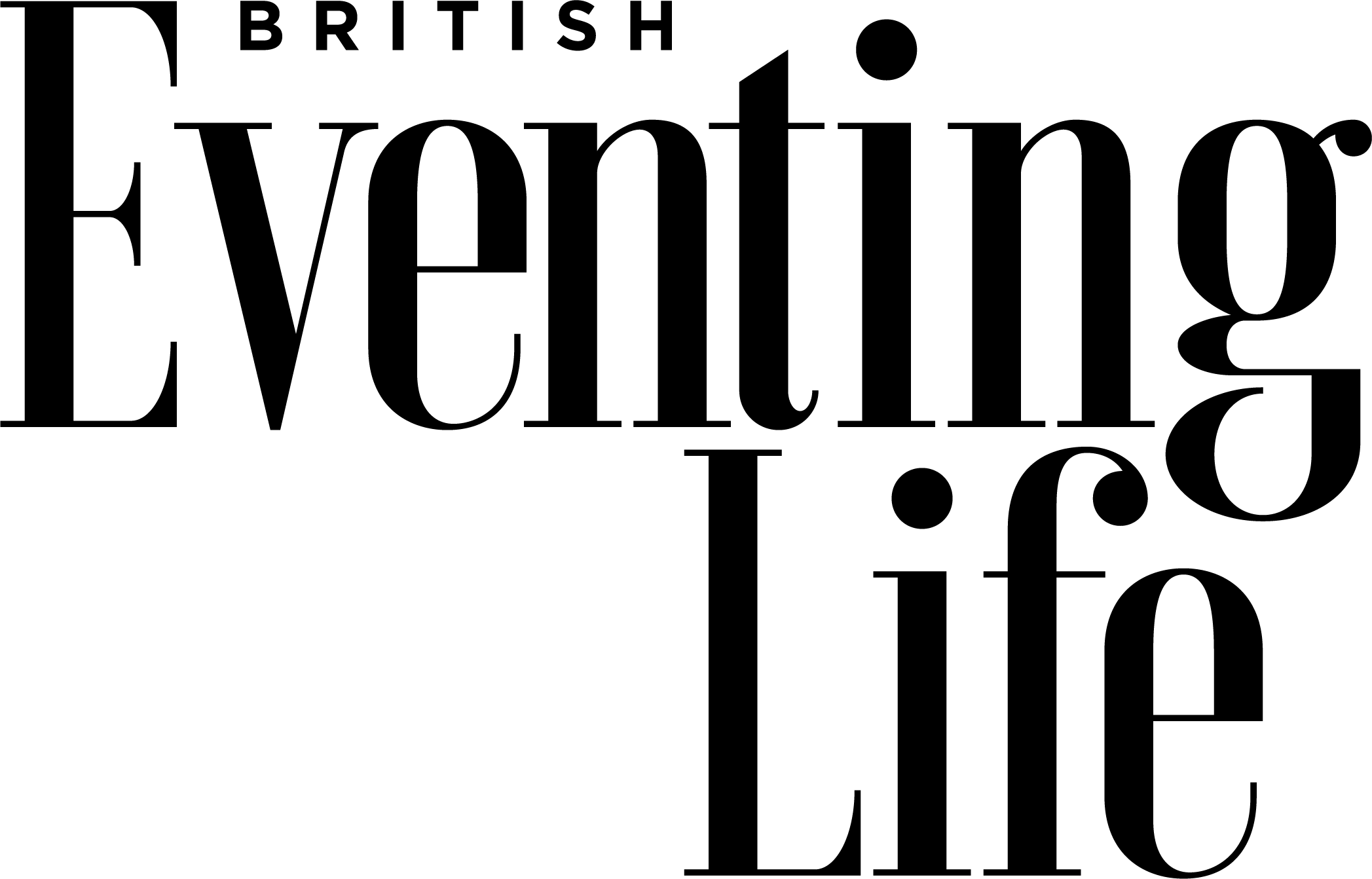
Cross country cooling in cold weather
Dr David Marlin explains that the reason horses get hot is because of the heat the muscles are producing – muscle uses oxygen at a high rate and a consequence of this is a high metabolic rate, which therefore produces a lot of heat.
Those muscles produce just as much heat going cross country on a cold day as they do in the summer. The only difference is that in the colder weather, the horse manages to get rid of slightly more of that heat, so at the end of the cross country they are not likely to be as hot.
Those muscles produce just as much heat going cross country on a cold day as they do in the summer. The only difference is that in the colder weather, the horse manages to get rid of slightly more of that heat, so at the end of the cross country they are not likely to be as hot.
"It is believed that the horse loses around 10-15 per cent more heat in the winter."
Although it’s only a small amount, that 10-15 per cent can keep the temperature down to just over 40 degrees, whereas in the summer it can reach 41-42 degrees, and that can make a big difference to how the horse looks after cross country.
The risk is when you pull up, because the blood goes to the skin and away from the muscles to help them cool down, lowering the blood pressure, and that’s when they can get a bit wobbly.
Post cross country care
- The first thing to do when you pull up is to keep the horse walking
- Avoid tight circles
- Offer him a drink
- Wash your horse off and keep them walking
Because the air is cold they will lose heat quite quickly, so once the horse has been cooled off and his temperature has come down, the water can be scraped off and a rug applied so he doesn’t continue to cool to the extent where he starts stiffening up.
Muscles tend to not work as well when they are very cold so choose the rug wisely — a wicking rug that offers some warmth but stops the horse breaking out is suitable until he has fully recovered and extra layers can be added.

How to tell if your horse is too hot
Look out for the horse:
- Sweating
- Blowing hard
- Acting wobbly
- Being hot to touch
In those cases, keep him walking, offer him a drink and keep applying water to him for five minutes. The temperature of the water from a trough or hose in winter should be sufficiently cold, so ice shouldn’t be needed. After five minutes, you should start to see a marked improvement, but if you don’t, seek veterinary advice.
"After five minutes, you should start to see a marked improvement, but if you don’t, seek veterinary advice."
Doing the legwork
When it comes to leg care in horses, we know that tendons get very hot. We also know that the majority of tendon injuries are as a result of accumulated low-grade damage rather than a single, severe, traumatic injury. Low-grade damage leads to inflammation and inflammation leads to degeneration of the tendon. Cold treatment is a way to control inflammation after exercise and reduce the risk of injury.
"I’d still cold hose or use ice boots in cold weather."
Booting horses up during cross country
Using protective boots is something the owner has to weigh up, but bear in mind that some boots do increase the tendons’ core temperature, so removing them directly after competition and cooling the tendons regardless of the weather is vital. It’s also important to extend the period of walking in the warm-up in cold weather to make sure the muscle temperature is increased and all the ligaments and tendons are stretching before you start to do trot and canter work.
Top tips
- Clipping the horse has the biggest impact on how much heat he loses while he is moving. It also makes it easier to wash off, dry and rug appropriately.
- Heat monitoring rugs and apps are a great way of ensuring you are rugging your horse effectively and not making him too hot or cold post exercise.
- Make sure your horse is fit enough for the job and choose your competition venues and the going according to your horse’s levels of fitness and physique. Muscles, tendons and ligaments work much harder in deep going and over hilly terrains, increasing the risk of injury.
- Let your horse drink after exercise, as his thirst will be strongest when he pulls up. It is a myth that drinking cold water after exercise is dangerous. Addressing dehydration as soon as the horse finishes exercise is always in the best interest of the horse.
First published in the March/April 2018 issue of British Eventing Life magazine, original words by Stephanie Bateman
